|
@vtbeershepherd We are so excited to see you are enjoying the benefits of your new Pallet Wrapz®️! You are such a strong role model for other companies who are looking to #gogreen and save money! The Wrapz not only have great longevity and can save an immense amount of money, they are environmentally friendly as well!
Pallet Wrapz®️ are utilized in various industries for secure transportation and storage of goods. Those industries vary significantly including fresh/frozen foods, beverages, pharmaceutical supplies, record management, and clothing. Pallet Wrapz® are designed for versatility to accommodate as many trades as possible!
Pallet Wrapz®️ are designed for durability to maximize your ROI. Our mesh has a peak stress point of 5,000 PSI with a 30% elongation. They are also ventilated allowing air flow to prevent condensation and spoilage. Pallet Wrapz® can withstand extreme temperatures ranging from -40F to 180F. Our products are designed to last, saving you money!
Using Pallet Wrapz® has many benefits. Not only will you reduce your carbon footprint, but you will also save significantly on time and money. For example, your company can save 55 hours per month on average based upon 50 pallets per day! Join us on our journey in building a healthier environment, and make your company's supply chain more efficient in doing so.
Pallet Wrapz® comes in eight different color choices! We do our very best to accommodate specific needs for your business. Please let us know how we can meet your specifications!
Pallet Wrapz® is currently fulfilling an international order of 3,600 units of our 5'-5" high Wrapz! Due to the size of the order, it is being split between two 1,800 unit truck loads. The first batch is orange, green, blue, and yellow. Pallet Wrapz® services companies across the globe, reducing your material expense, processing time, and carbon footprint!
|
AuthorWrite something about yourself. No need to be fancy, just an overview. Archives
October 2021
Categories |
Pallet Wrapz, Inc.
Questions, please call toll free 855-733-4880
847-729-5850 or fax 847-729-6388 Glenview, IL 60025 Made In USA Please consider the environment before printing this page.
|
|
|
Website services provided by: Newmedia Design Solutions, Inc. Site created and managed by: www.newmediab2b.com/


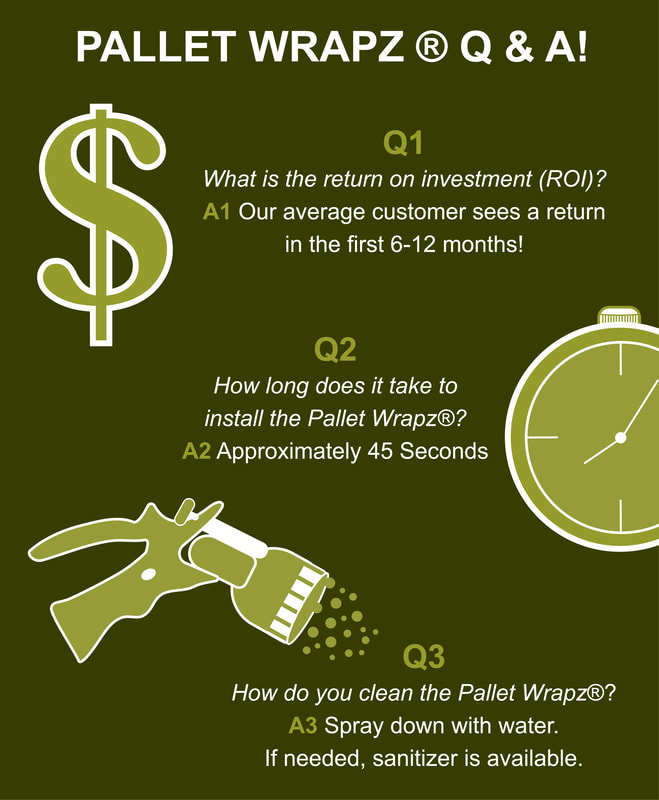
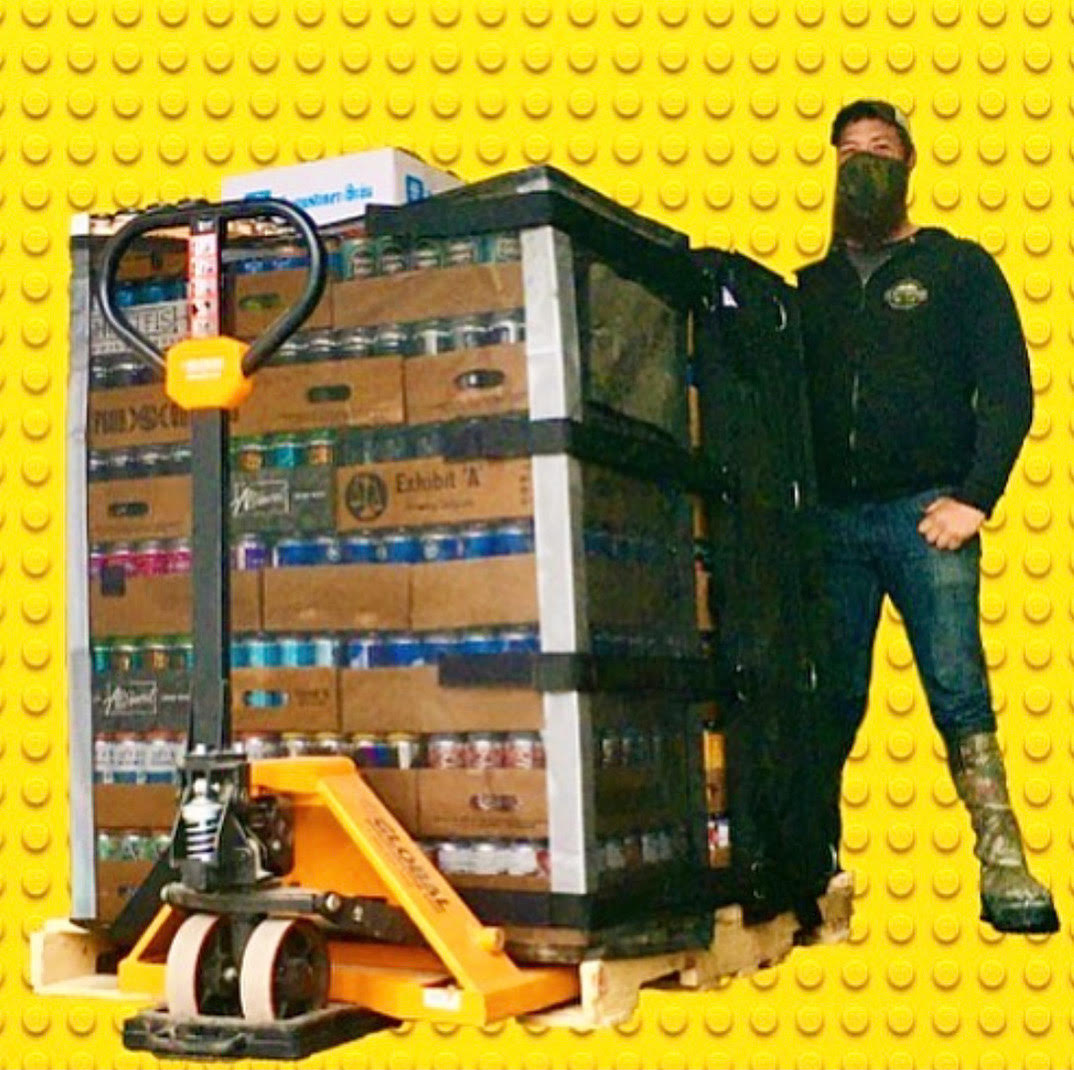
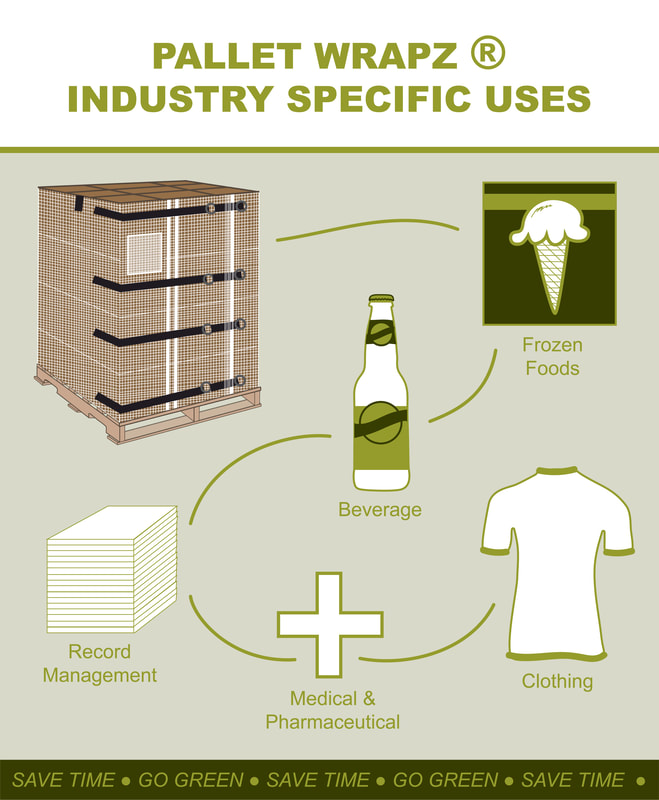


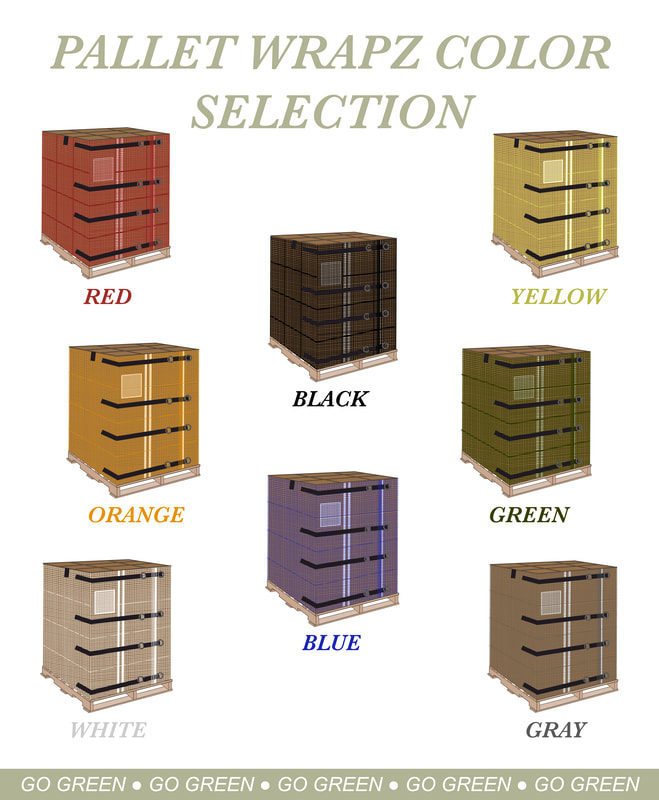
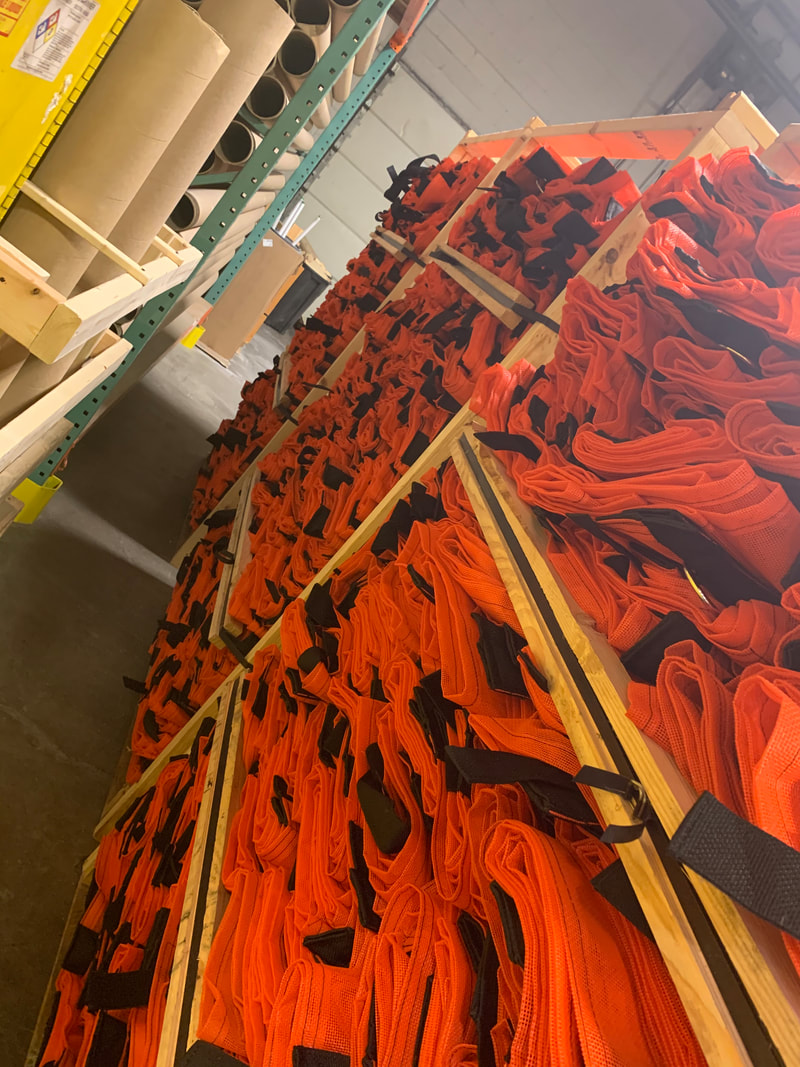

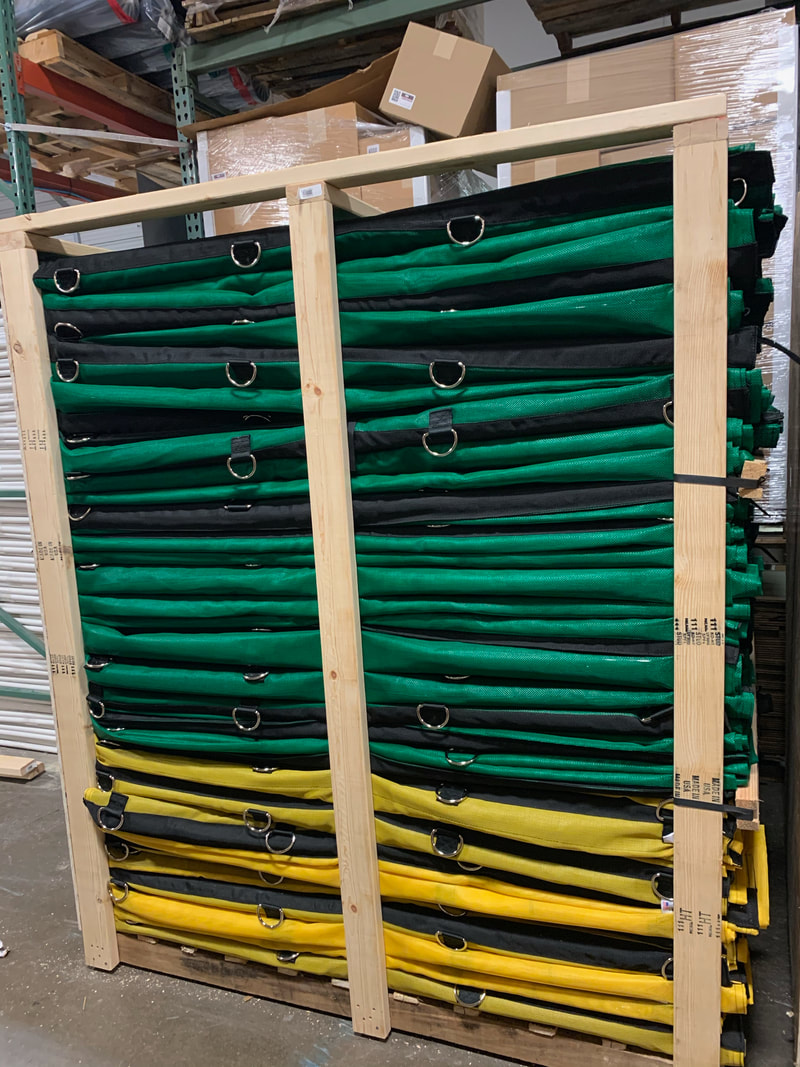
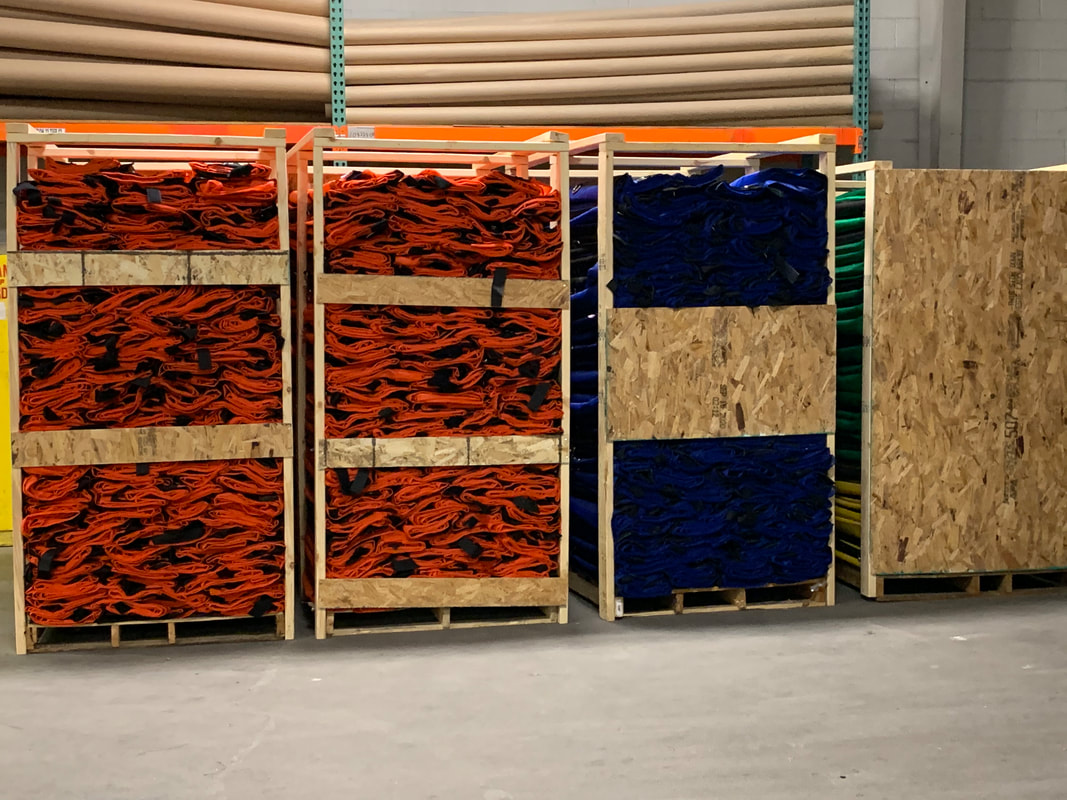
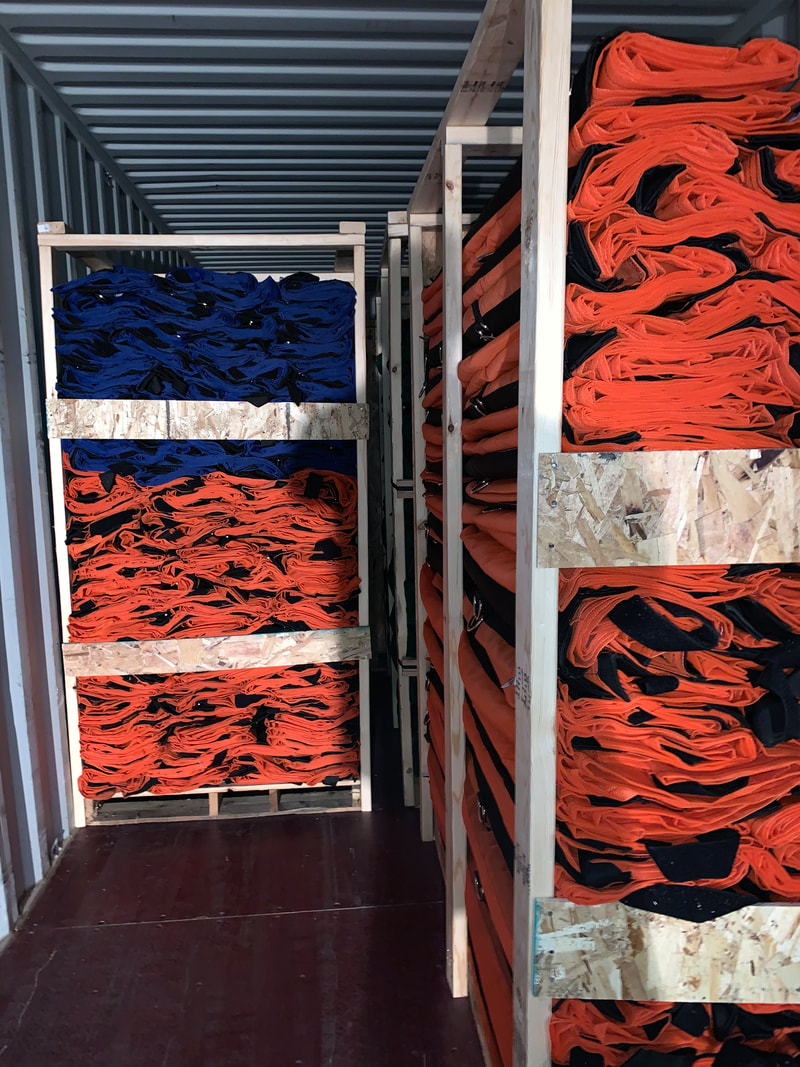
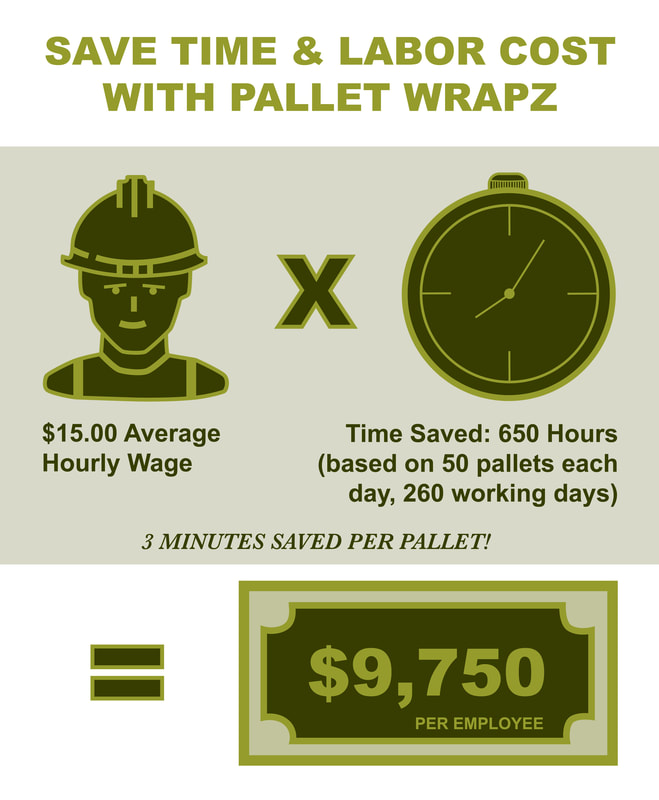

 RSS Feed
RSS Feed
